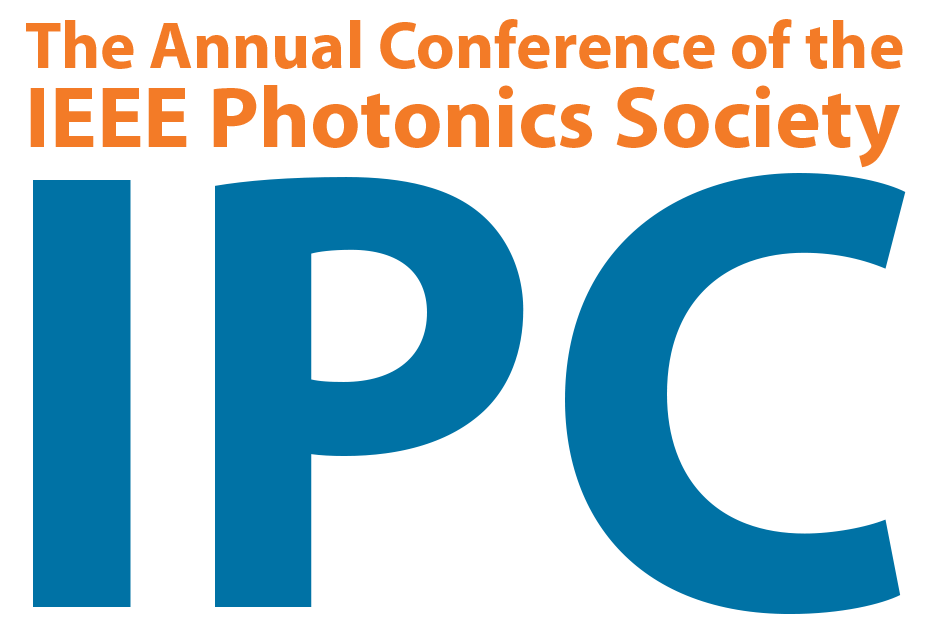Special Symposia
Special Symposium on Deep Tissue Imaging and Quantum Sensing (SS on DTQS)
The defining challenges in the field bio-photonic sensing and imaging are: to enhance imaging resolution, to increase sensitivity and to achieve this at ever increasing depths within tissue. Super-resolution techniques have already been developed, along with quantum sensing methodologies, which make use of quantum effects and hardware, such as single photon quantum detectors and quantum entanglement. A promising new approach, which combines machine learning with these established techniques, may offer a prominent solution to this immense scientific challenge which will be the focus of this special symposium.
Special Symposium on Machine Learning and Photonics (SS on MLP)
Machine learning is the use of computer algorithms that can automatically adapt through experience, i.e., learn. While ubiquitous in various research fields such as image analysis, its presence in photonics is burgeoning. The paradigm of statistical analyses of large amounts of data, which contrasts canonical analyses, e.g., Maxwell’s equations and diffraction theory, has already led to advances in communication, sensing, and design.
This symposium will provide an overview of fundamentals, highlight recent trends, and present the latest results of machine learning and photonics. There will be 2 predominant themes:
1. Photonic-based implementation of machine learning, i.e., computing
2. Machine learning methods applied to photonics applications.
Special Symposium on Ultrafast Mid-infrared Laser Sources and Applications (SS UMLSA)
Over the recent years, intensive research activities have been carried out to develop ultrafast mid-infrared laser sources using whether novel amplification gain media or through nonlinear optical conversion using difference frequency generation and optical parametric amplification. We are proposing to organize a special symposium on this topic with at least two sessions, one focusing on high peak power generation for strong-field applications and a second on integrated laser sources and their applications for material processing, remote spectroscopy and imaging.
